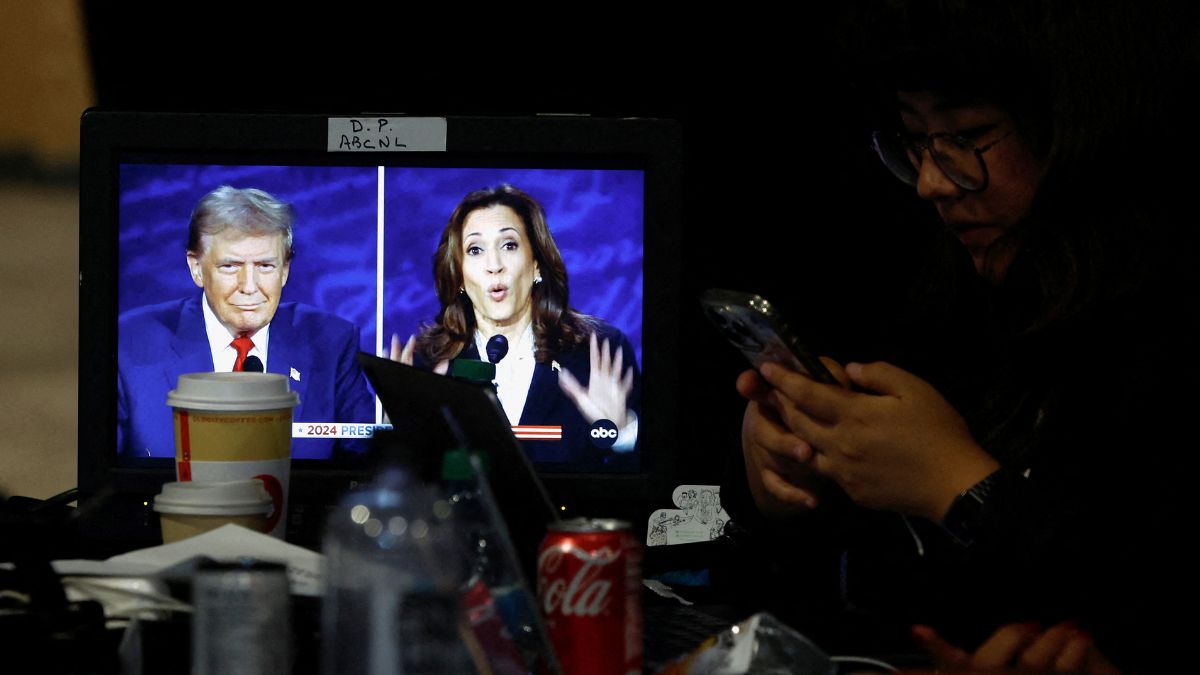Former vice-president Kamala Harris has ruled out a bid for California governor in 2026 but offered her clearest signal yet that she may seek higher office. Speaking on The Late Show with Stephen Colbert on Wednesday (July 31), Harris said she planned to “travel the country” and “listen to people” without “asking for their vote”, remarks that fuelled speculation about a third presidential run in 2028.
Harris remains one of the best-known potential Democratic contenders, bolstered by a strong donor network and name recognition from her time as vice-president. Yet strategists warn that the nomination will be far from guaranteed. Party operatives predict “a contested primary” with a large field that is already beginning to take shape.
The Democrats making early moves
Several figures in the party are raising their profiles ahead of the next election cycle. Illinois governor JB Pritzker recently delivered a high-profile speech in New Hampshire, while Arizona senator Ruben Gallego has scheduled events in the state later this month. California governor Gavin Newsom, Kentucky governor Andy Beshear and congressman Ro Khanna have all toured early-voting states.
Former transportation secretary Pete Buttigieg and Maryland governor Wes Moore have also been active, turning to podcasts and policy discussions to appeal to the Democratic base. Some potential contenders, such as Khanna and congresswoman Alexandria Ocasio-Cortez, have already built up significant campaign funds that could be transferred to a presidential run.
The field is expected to be ideologically diverse, stretching from centrists such as former Chicago mayor Rahm Emanuel to progressives including Khanna, who was among the earliest lawmakers to call for a ceasefire during the Biden administration. Party strategists believe debates over foreign policy, the cost of living and left-wing populist energy will define the race.
“It’s gonna be messy and personal … but I think it’s going to help us shape as a party, what we believe,” said Amanda Litman, a former staffer on the Obama and Clinton campaigns.
Impact Shorts
More ShortsHow Republicans are preparing for 2028
On the other side of the political divide, Republican hopefuls face the challenge of building their profiles while staying onside with Donald Trump, whose grip on the GOP base remains strong. Trump frequently jokes about seeking a third term despite constitutional limits, making it risky for would-be successors to appear disloyal.
Vice-president JD Vance is widely regarded as Trump’s political heir, but other figures are manoeuvring for position. Secretary of state Marco Rubio, Florida governor Ron DeSantis, Texas governor Greg Abbott and Virginia governor Glenn Youngkin are seen as likely contenders. Rubio’s 2016 presidential bid gives him a measure of national recognition, while DeSantis has repaired relations with Trump after a fraught 2024 campaign.
Governors such as Youngkin, Arkansas governor Sarah Huckabee Sanders and Georgia governor Brian Kemp could appeal as leaders with independent records. Several senators – including Tim Scott, Rand Paul, Rick Scott, Josh Hawley and Tom Cotton – are also potential candidates, though they may struggle to shed the image of being tied to Washington politics.
The Republican primary calendar is expected to remain unchanged, starting with Iowa, New Hampshire, South Carolina and Nevada. Youngkin, Sanders, Paul and Rick Scott have already begun visiting early primary states. While Vance holds a strong initial position, analysts note that voters in these states are also interested in Rubio and others who have remained loyal to Trump without being as closely identified with him.
Whether Trump critics such as Nikki Haley can mount a credible challenge may hinge on the former president’s popularity and Republican fortunes in the midterms. If Trump’s second term is marred by electoral setbacks or controversy, candidates could gain space to distance themselves as they look ahead to 2028.
)